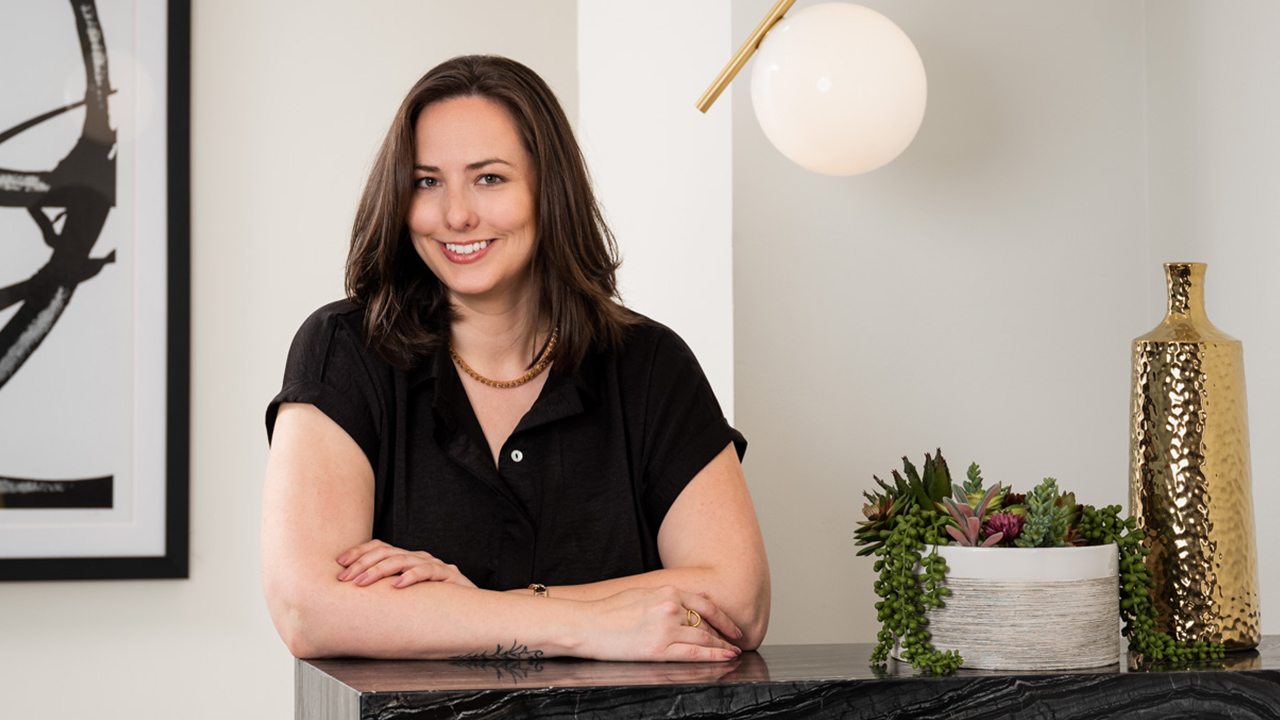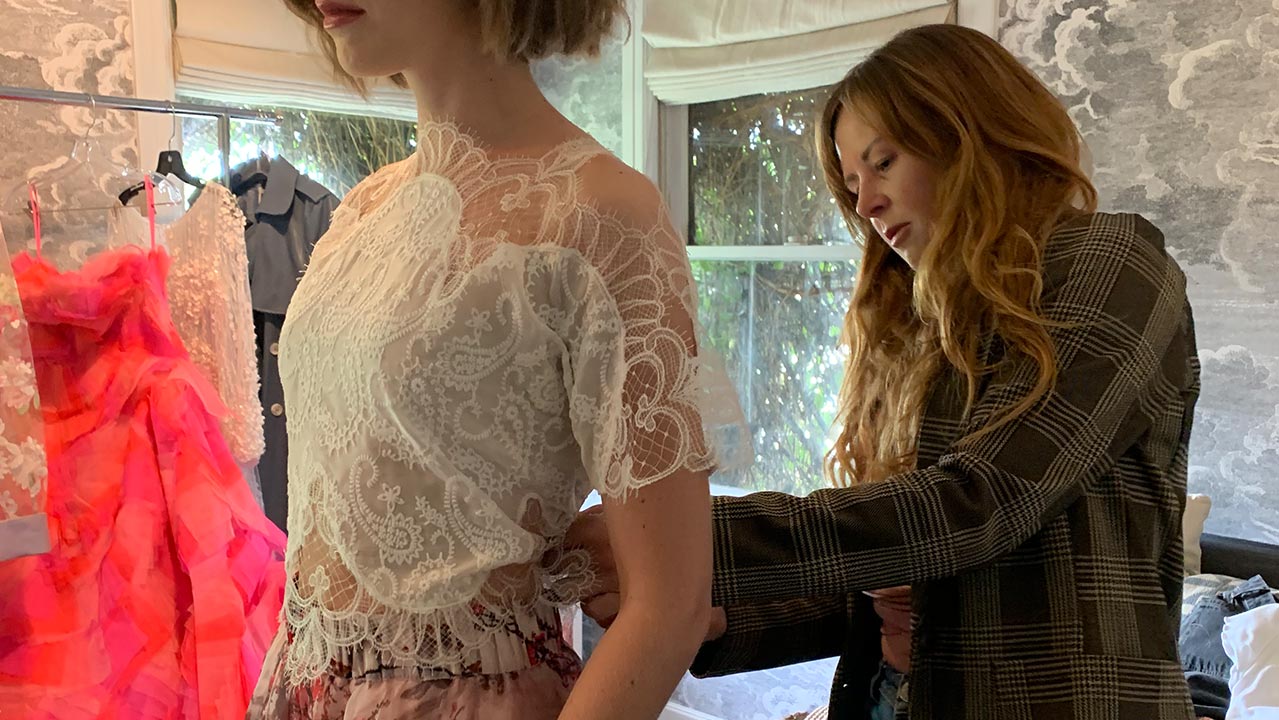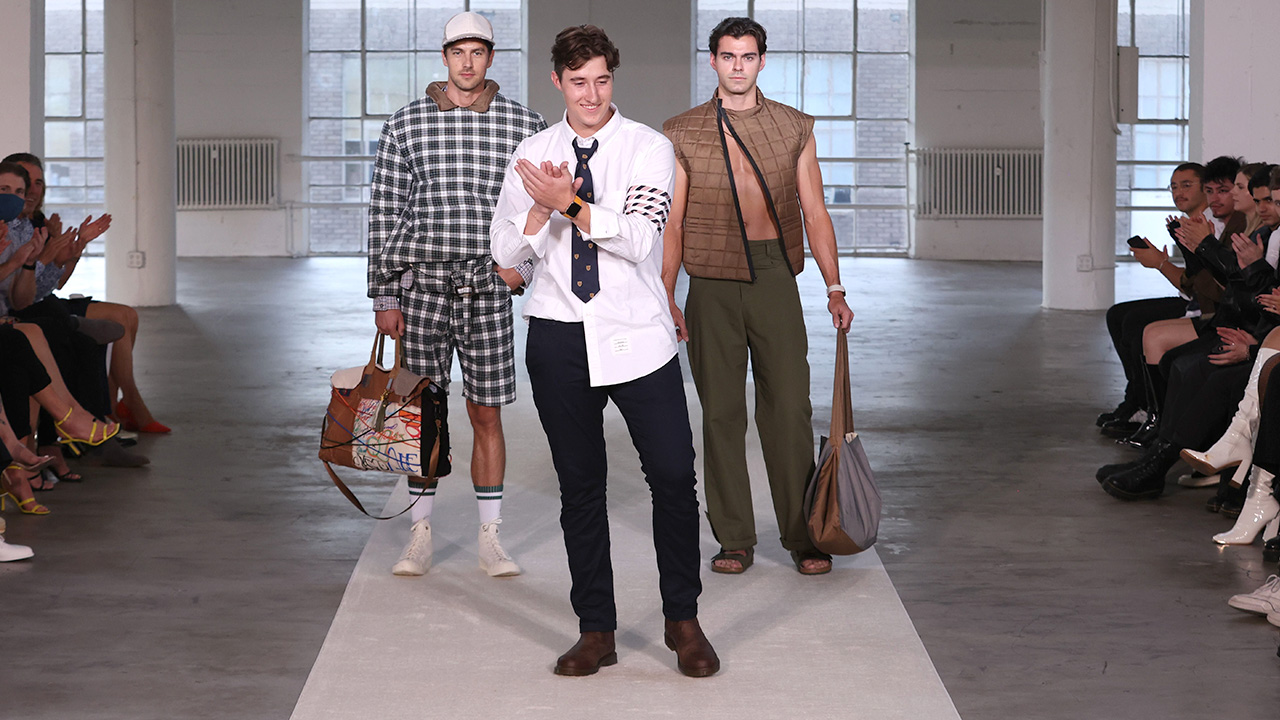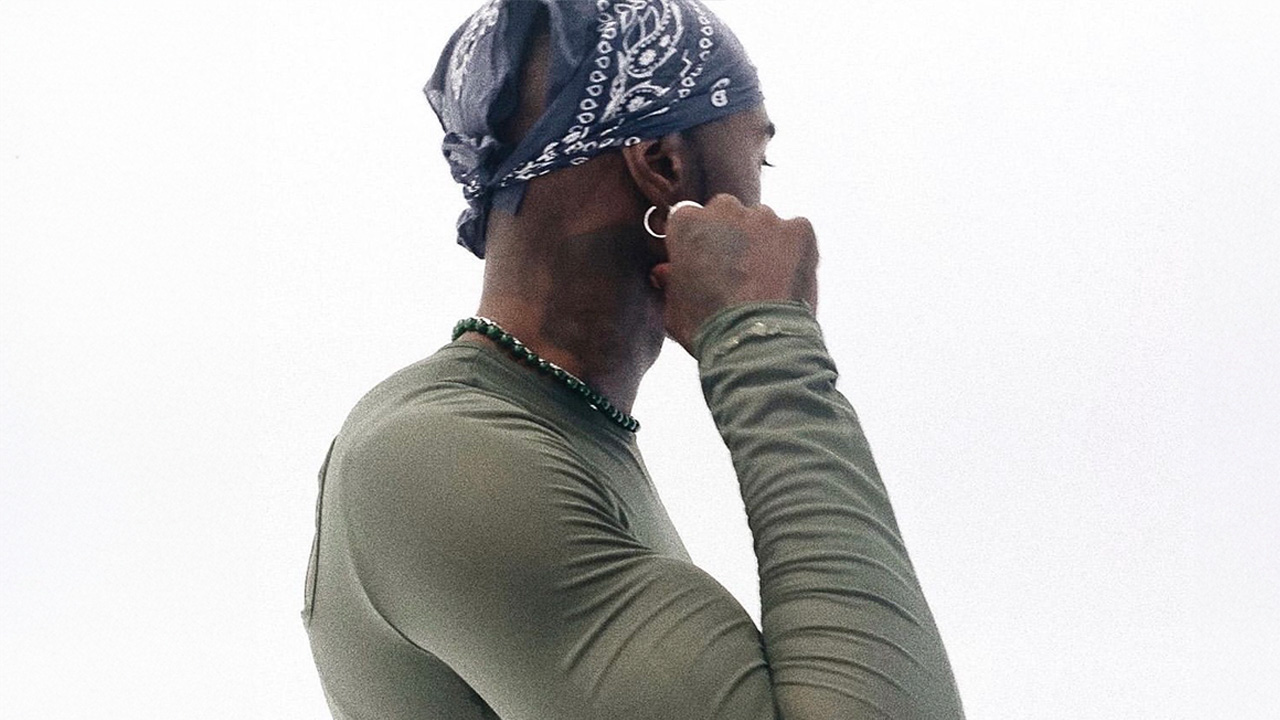
Alumni
Grad Kristen Collins Focuses On Sustainability Throughout Her Designs
K.Co Interiors founder Kristen Collins grew up in Los Angeles and completed her A.A. in Interior Design in 2008 and her B.S. in Business Management in 2018. She’s worked steadily in the industry throughout her journey, always incorporating sustainability as an important factor in her designs. She established her own company in 2020 and recently moved that company from Los Angeles to the small town of Eureka, in northern California. She’s seen a lot of changes in sustainability practices over the years, and with her move, is now facing some exciting challenges. She also recently started collaborating with her former FIDM Instructor, Tom Selinske, on a series of business books covering entrepreneurship, strategy, and leadership. We caught up with Kristen to learn more.
Please tell us about your company, K.Co Interiors. How long have you been in business? What kinds of designs do you do? I started K.Co Interiors at the beginning of 2020. Projects range from residential to hospitality and commercial. They can be complete remodels or helping someone stage their home with their own items. I tend to get teased a bit when some people look at previous projects because it is all over the place in terms of design, but the reason is quite simple: I design for my clients, not for me. The focus at K.Co Interiors is to take the client’s ideas and expand on them in ways they didn't know could happen.
In addition to design services, K.Co Interiors also offers custom furniture. I started designing custom furniture in 2010, and have designed countless sofas, dining chairs, tables, dressers, bars, you name it, and I have done it. I have even collaborated on several pieces for television and movies.
I have been incredibly lucky in my 15 years of design to be blessed with wonderful clients, some of them turning into dear friends.
What are your favorite designs to work on? I get asked this a lot and the honest answer is, all of them. Part of why I love what I do is because there is not a client or project that is the same. Each project has a little something that makes it different from the others and that's my favorite part. Sometimes it is design-based and sometimes it's with the client. For example, for a former client of mine we did a mural in their dining room, which was a blast for all of us, including the muralist, who turned out to be a huge fan of theirs. There were a lot of very custom pieces we did on that project that were specific to them, which was also fun. Another client of mine has some disabilities that they were struggling to come to terms with, and while it was easy to accommodate them into the design, it was a privilege to be a part of their journey to acceptance and watching the joy on their face when they saw their completed remodel, knowing it would make their life a bit easier.
Tell me about your sustainability efforts in your practice. How did you decide to incorporate those efforts into your work? Sustainability has changed so much over the last 15 years. When I first started out, designing with sustainability was something that set you apart from other designers. Now it is standard, which it should be. I recently moved my company from Los Angeles to Eureka and the difference is night and day.
One of my current projects is a kitchen remodel for a farmhouse built in 1909 by a sea captain for his wife. The farmhouse is made out of old growth redwood, so the way I approach sustainability is different from what a traditional new build/remodel would look like. I am trying to salvage as much redwood as possible to be reused as we piece things back together and for other parts of the house that need some repairs. Another part of the sustainability factor is sourcing locally. In a small county, supporting local business is imperative. In large cities like Los Angeles, there are so many imported materials that resources are abundant. In Humboldt County, resources are very limited which is definitely a challenge. It would be easier to source from larger vendors and have items shipped in. However, not only does that not help sustain the town, but one also has to think about the fuel it took to ship the item here, the packaging, and how that packing is going to be recycled or go in the local dump.
Another project I have are three properties on a mountain ridge that borders Sequoia National Park. You have to go through the park to get to the properties and it is a very winding one lane road with a cliff's edge, which cannot accommodate a vehicle longer than 20 feet and takes a couple hours to get to. The question then becomes how can we pack as much as we can into that truck so that we keep our carbon footprint low. These days there are standards for sustainability, but it is so important to see past that, especially when you are working on a mountain ridge where the 20 odd properties just had their well water run dry. Not to mention making sure wildlife and the national park aren't impacted.
I have standard projects as well, but having done this for over 15 years now, I can really see how much waste there is that isn't spoken about. For example, parts of lumber that are untreated and not able to be used elsewhere, are going to be firewood for my client this winter. Part of the reason I left Los Angeles is I love being part of restoring historic homes that some people would write off and let rot until they aren't salvageable. That is irresponsible and unnecessary waste, in my opinion. It isn't easy to restore old architecture and interiors, but I rarely, if ever, back down from a challenge and I think most FIDM grads will say the same!
I also want to add that it is important to continue a thought or idea past where you need it in that moment. What are the next five to ten steps after that? I see the thought process stunted in sustainability, in daily work tasks, and life in general. What is the end game of what is at hand? If you can even start to answer that, you are not asking enough questions because there rarely is a stopping point. Thinking critically is imperative to business and our future.
How did FIDM help prepare you for your career? It's funny what sticks with us through the years. The basic knowledge of the classes of course, but in truth it is the nuggets of wisdom that my teachers shared from their experiences that I think of the most. I had one teacher who impressed upon us that we are not just designers but also marriage counselors, therapists, a yellow book for any other questions they will have, and more. I can confirm that is one hundred percent fact. Another teacher spoke about how we do not have to be one thing for the rest of our lives, and spoke of how important it is to follow all of our interests. I think about that often and it has led me to other wonderful business ventures. Do I value what I learned from the curriculum? Absolutely. I kept most of my books as I still reference some of them, but I think by FIDM employing teachers who are passionate about what they do, the teachers sharing their successes and failures have helped prepare me the most.
Anything else you’d like to share? Since graduating in 2018, I have started collaborating with a former instructor, Tom Selinske. We are writing a series of business books from the perspective of a Boomer and a Millennial. Tom and I discuss entrepreneurship, strategy, and leadership, with tips and tricks to actually applying it to life. With decades of hands-on experience in business and non-profit start-ups, Tom speaks from the perspective of a male boomer. While I, as a female millennial, speak from my many years of experience in product and service at brick and mortar locations as well as e-commerce. Our first book Dueling & Dual Perspectives: More Than One Way to Start a Business is due out by the end of 2022.
This journey has also led us to starting our own publishing company aptly named Hope and Grand Publishing. We hope to help publish others starting 2023.
Check out Kristen’s work on Instagram:
For the ins and outs of K.Co Interiors @K.Co_Interiors_Kristen.
For befores and afters @K.Co_Interiors.
For her business journey with Mr. Selinske @The_Selinske_Strategy.
Categories: Business Management Alumni




